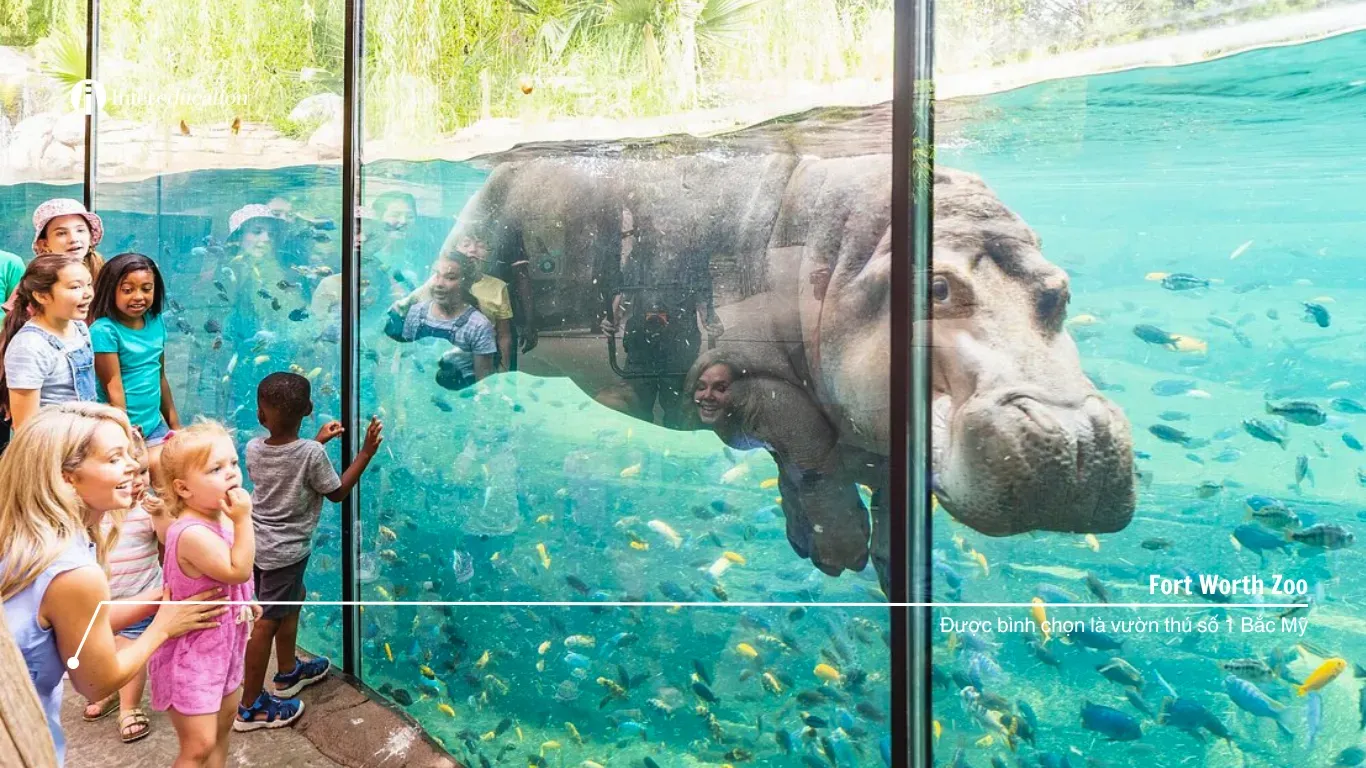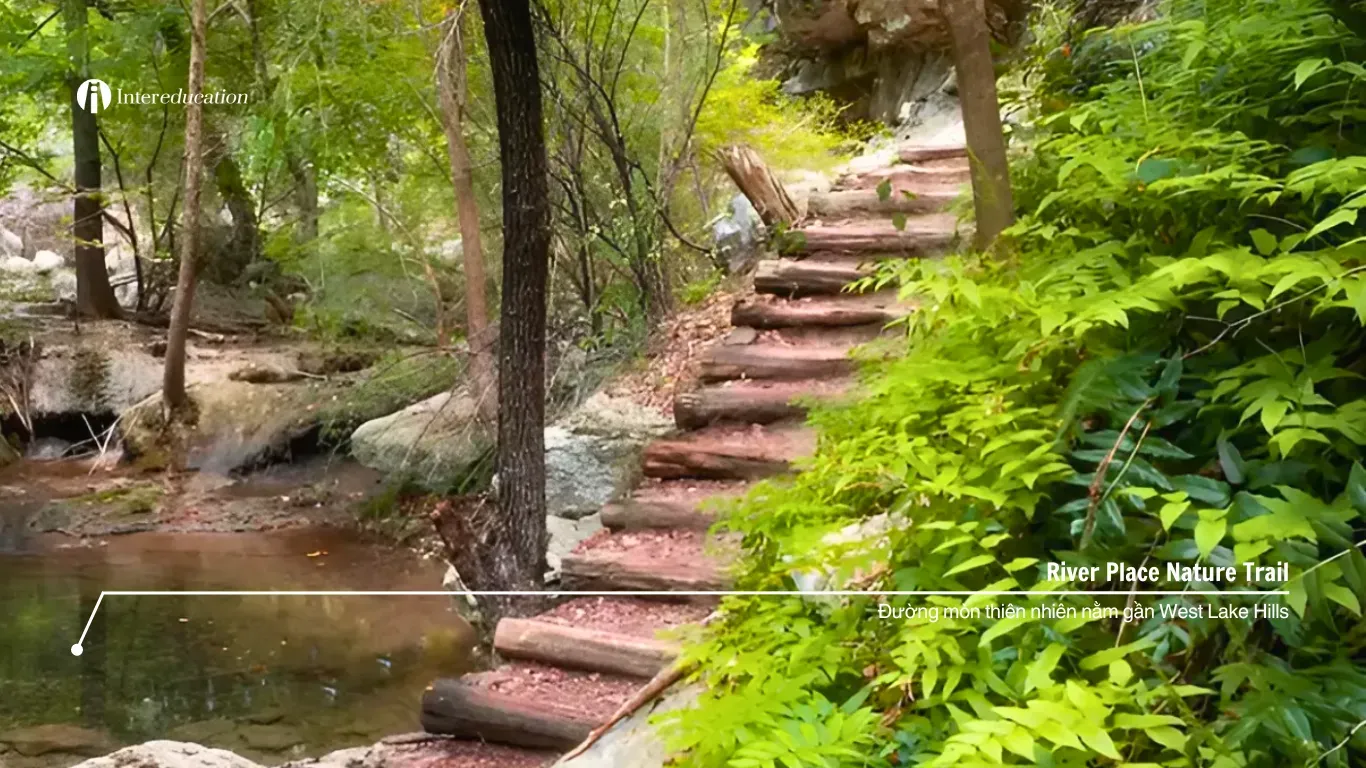Texas, with its vast expanse and rich biodiversity, is a paradise for nature and wildlife enthusiasts. From dense forests to sprawling grasslands, the state offers countless opportunities to explore and learn about the natural world. If you’re planning an adventure to Texas, don’t miss the chance to visit the stunning wildlife preserves it has to offer.
This article will provide you with a detailed guide to visiting the most famous wildlife preserves in Texas, helping you have a memorable and meaningful experience. We will explore fascinating destinations, exciting activities, and essential things to note for a safe and fulfilling trip.
Barton Springs Pool – Natural Spring-Fed Swimming Hole
Located in the heart of Austin, Barton Springs Pool is a massive natural spring-fed swimming hole, attracting visitors with its unspoiled beauty and cool waters year-round. Built in 1922, this pool is not only an ideal swimming spot but also a wonderful place to relax and immerse yourself in nature.
With a constant water temperature of 68°F to 72°F (20°C to 23°C) thanks to underground spring water, Barton Springs Pool is where you can freely swim, cool off, and enjoy the fresh air. Additionally, the area around the pool is also an ideal spot for picnics, sunbathing, and participating in water sports like kayaking or stand-up paddleboarding.

Fort Worth Zoo – Fort Worth Zoo
Founded in 1909, the Fort Worth Zoo is one of the largest and most famous zoos in Texas. Home to over 7,000 animals representing more than 500 species from around the world, this zoo offers a fantastic opportunity to explore the diversity of wildlife and learn about the importance of nature conservation.
The Fort Worth Zoo is divided into themed areas, each vividly recreating the natural habitat of the animals. Visitors can tour the zoo by electric cart or walk along the trails to explore distinctive areas such as:
- World of Primates: Home to various primate species.
- African Savanna: Recreates the habitat of African animals.
- Texas Wild!: Showcases native Texas animals, including raccoons and gray wolves.
Furthermore, the Fort Worth Zoo also has many other exciting areas like the Children’s Zoo, Conservation Station, and The Outpost, providing fun and educational experiences for visitors of all ages.

River Place Nature Trail – River Place Nature Trail
Built in 1990 as part of the San Antonio River improvement project, River Place Nature Trail is a beautiful trail, offering visitors the chance to enjoy the natural beauty of the riverbank and engage in various recreational activities.
Visitors can walk or run along the riverbank, bike on the trail, stop at picnic areas to relax and enjoy lunch, or participate in water sports like kayaking or SUP. River Place Nature Trail is an ideal destination for those seeking a green and peaceful space in the heart of the city.

Big Bend National Park – Big Bend National Park
Located in southwest Texas, bordering Mexico, Big Bend National Park is one of the largest and most pristine national parks in the United States. Covering over 1,200 square miles (3,200 km²), this park is a treasure trove of nature, where visitors can admire the majestic landscapes of mountains, canyons, deserts, and rivers.
Big Bend National Park is famous for its diverse ecosystem, including over 1,500 plant species, 400 bird species, and 75 mammal species. Visitors can participate in many exciting activities such as hiking, camping, kayaking, fishing, or simply relax and enjoy the fresh air. Some highlights of the park include:
- Santa Elena Canyon: One of the deepest canyons in the United States, reaching heights of up to 1,500 meters.
- Emory Peak: The highest mountain in Big Bend, with an elevation of 7,832 feet (2,389 meters).
- Hot Springs: Where visitors can relax in naturally warm waters.

Tips for Visiting Texas Wildlife Preserves
To have a safe and fulfilling visit to wildlife preserves in Texas, you should keep the following in mind:
- Research the location thoroughly: Learn about the animals inhabiting the area, hiking trails, and safety precautions.
- Prepare appropriate clothing and gear: Bring comfortable clothes, hiking shoes, a hat, sunscreen, insect repellent, and drinking water.
- Follow the preserve’s regulations: Do not feed animals, litter, or make loud noises.
- Maintain a safe distance from animals: Do not approach too closely or try to touch wildlife.
- Report any issues to preserve staff: If you get lost, injured, or see an injured animal, contact preserve staff for assistance.
Conclusion
Visiting wildlife preserves in Texas is a wonderful experience to discover the natural beauty of this state and learn about the diversity of the animal world. With the information and advice in this article, we hope you will have a safe, fulfilling, and memorable trip. Plan your adventure today and discover the wonders that Texas has to offer! Are you ready to immerse yourself in the wild nature of Texas?